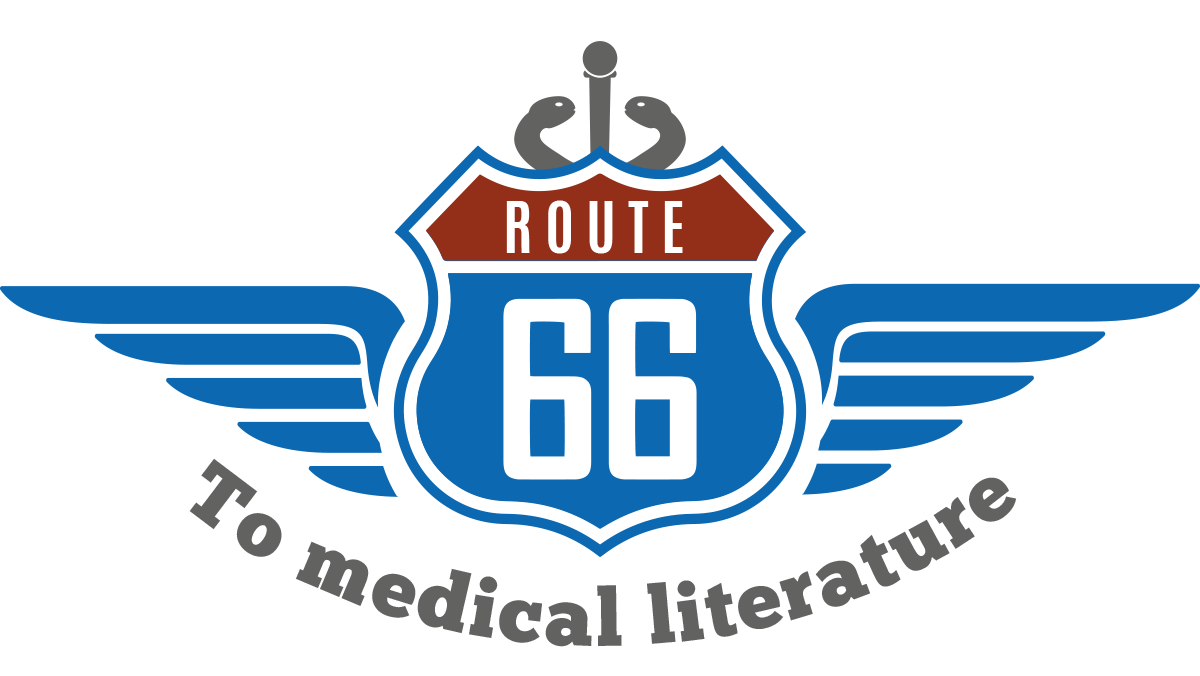Watch the video & take notes on a sheet of paper
When you have finished, click on each item below to see the answer.
- Where does this coffee come from?
- How does it affect my body?
- East Africa
- 1700s
- 25 million farmers & coffee workers
- in > 50 countries
- > 12 billion pounds annually, in the US a quarter of the total (3 billion pounds)
- 130 million US coffee drinkers
- 3.2 cups/day
Producers → Middlemen → Exporters→ Importers → Roasters → Retailers
27 million, Brazil, Colombia, Indonesia
Demo Contenta- Sell their coffee directly to middlemen who pay them below market price & keep high percentage for themselves
- → cycle of poverty for farmers → poor working conditions, low wages (equivalent of sweatshop wages), child labor, toil under harsh conditions
- Is it good or bad for your health?
- What about the health & wellbeing of coffee workers & farmers around the world,
- Full of antioxidants → dampen inflammation, believed to be positive and preventive
- Major contributor of antioxidants in the diets of Norway & USA. Daily coffee routine → 1299 milligrams
- Caffeine rapidly absorbed into bloodstream (30-45 minutes) & 4-6 hors to be eliminated
- Affects brain blood flow, blood pressure, respiratory functions, stomach and bowel activity, urine volume and exercise performance
- Positive effects: low to moderate doses increase well-being, happiness, energy, alertness and sociability
- Negative effects: higher doses → anxiety, jitteriness, upset stomach, pregnant women and women wanting to become pregnant discouraged from drinking too much coffee ← it could cause early delivery or have adverse effects on fertility
- Enter fair trade coffee movement (partnership between consumers and coffee growers)→ growers receive fair price for coffee. With fair trade certification, farmer can sell coffee as a member of the Fairtrade register and earns much more than selling it in a traditional manner
- Fair trade coffee connects your daily routine to coffee farmers & you help them → funding and healthier lives
.
UNF3S
Route 66 to medical literature, Félicie Pastore 2017
